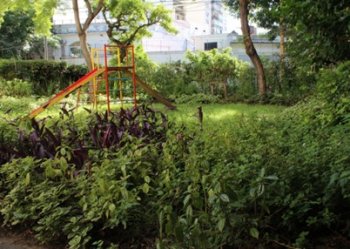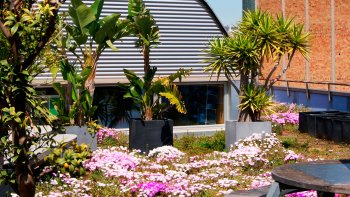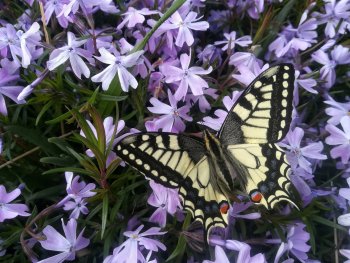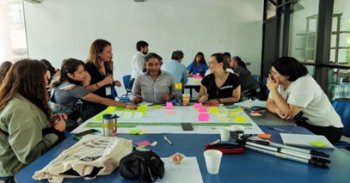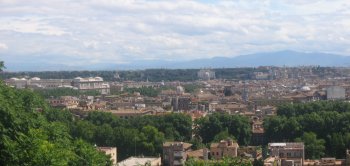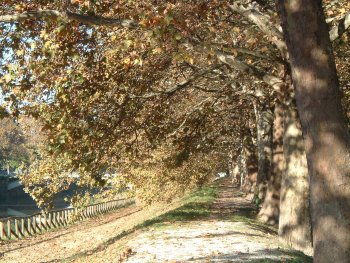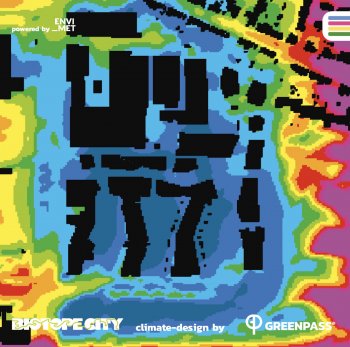CONEXUS (6.1) – Enhancing urban biodiversity through learning communities in the city of Buenos Aires
With a network of over 25 partners across public and non-government sectors, the Life-Lab establishes multidisciplinary communities of learning to investigate and co-design NbS in order to counter a palette of harmful effects of urbanisation in the MRBA. These include, among others, air pollution, environmental degradation, and habitat loss as well as diminishing natural stormwater treatment functions, soil permeability, and water retention capacities of urban ecosystems.
Via engaging actors with direct connections to local pilots, the Buenos Aires Life-Lab aims to drive faster...

